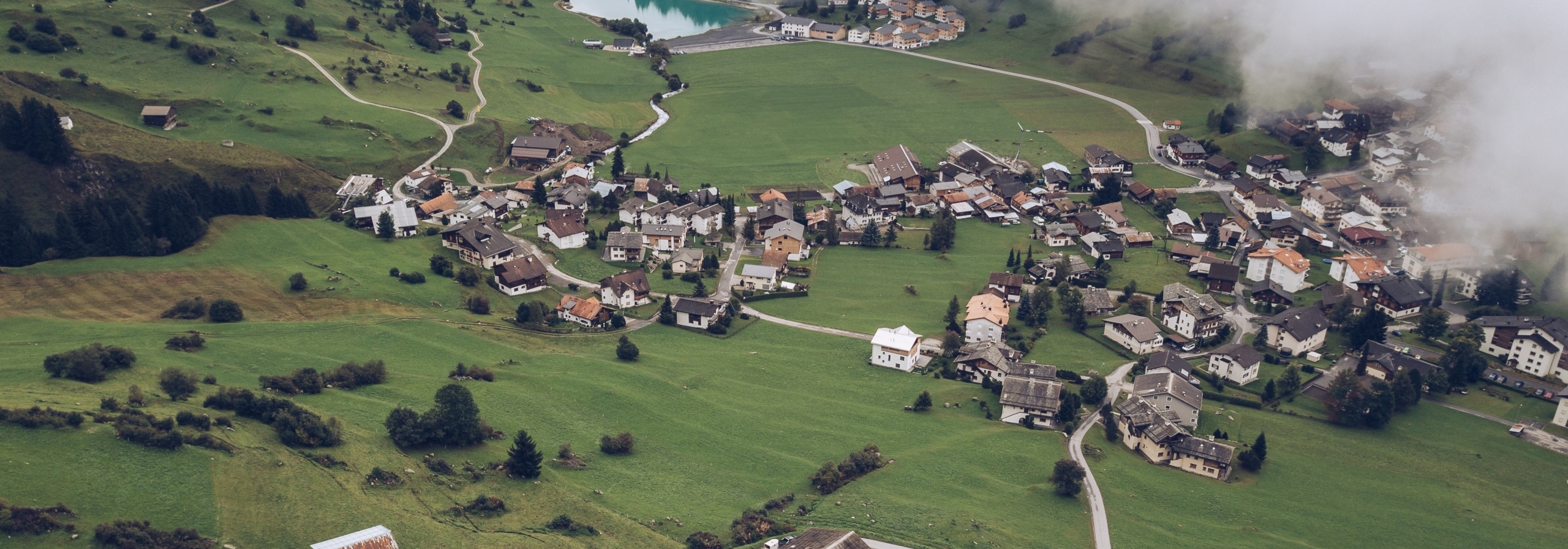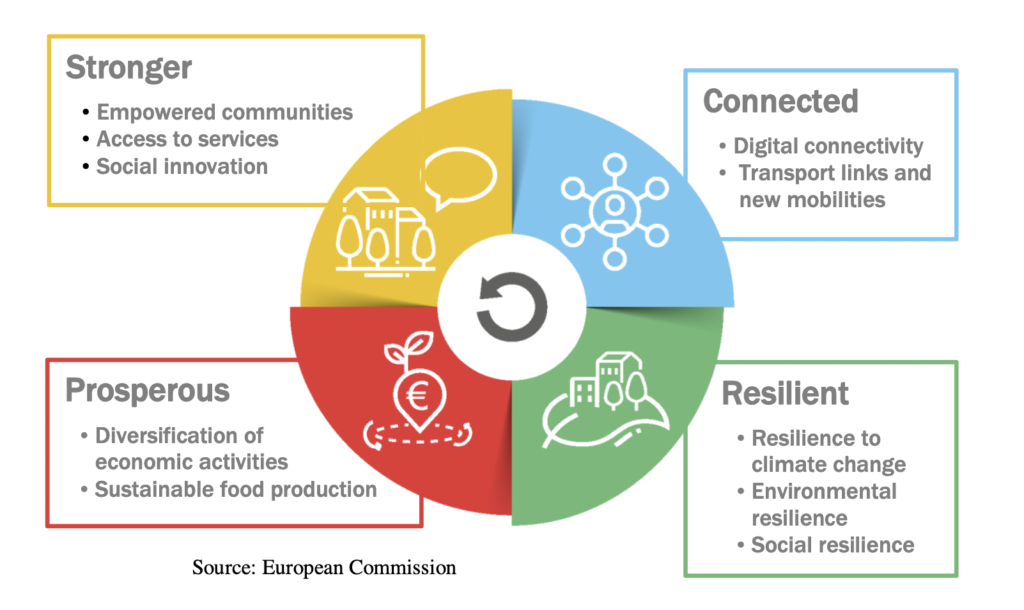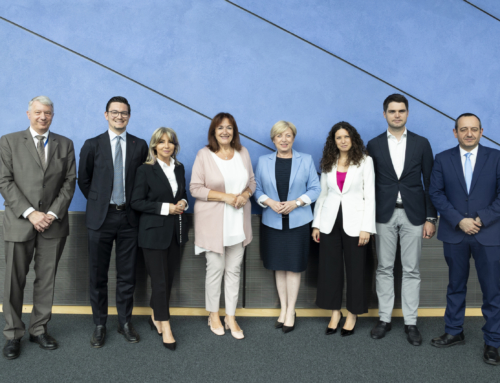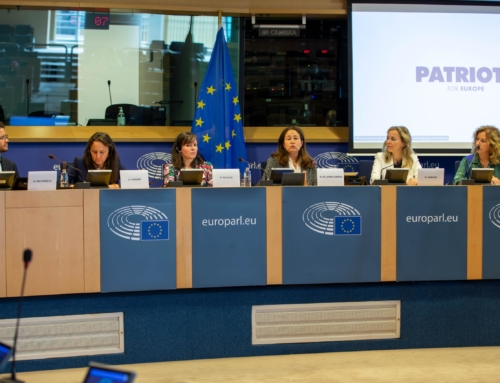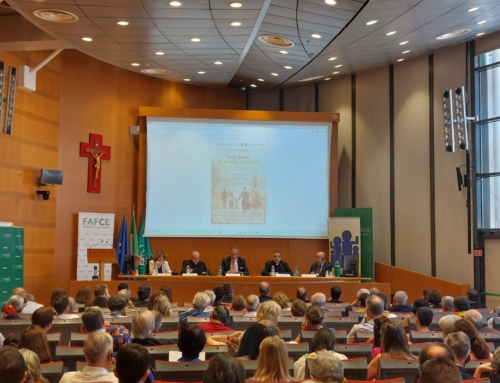5 July 2021
On June 30th, 2021, the European Commission published its long-awaited Long-Term Vision for Rural Areas, which outlines the Commission’s strategy for developing Europe’s rural regions. The document—formally a communication to the European Parliament, the Council of the European Union, the Economic and Social Committee, and the Committee of the Regions— coordinates the actions of the EU institutions towards revitalising rural areas, connected to the green and digital transitions, sustainable development, and family policies.
The Commission’s document identifies globalization, urbanization, and demographic change as the key trends with which the EU in general and its rural areas specifically face. Part of the reason for the demographic challenges in rural areas is the lower attractiveness of rural areas compared to cities. Often, rural areas have lower access to quality education, including the absence of institutions of higher learning that causes young people to relocate for the sake of their educations. Rural areas also face tighter labour markets with fewer opportunities for employment, with most of those available concentrated in a small number of local industries. Above all, however, many rural areas suffer from lack of access to quality public services and infrastructure, including “childcare, education, long-term care, housing, labour market and social services” (5) which can “also be an important source of job creation” (5). Such services are crucial for families to function properly, and parents face additional challenges due to lower mobility possibilities. Furthermore, as the elderly constitute a greater share of Europe’s population and elderly persons increasingly live alone, public transportation is essential for the meeting the Commission’s ideal that “Rural areas should be home to empowered and vibrant local communities” (10).
Issues also arise from the lack of recognition of unpaid work. The document highlights women’s “‘invisible role’ in rural societies (e.g. assisting spouses), which may leave them exposed to vulnerable situations (such as no access to social protection or maternity benefits, in some cases)” (5). The invisibility and non-recognition of the unpaid work of parents, especially mothers, leads to a weaker transfer of benefits for the service they produce, and thus creates unfair and unequal treatment.
Having outlined the key features and predominant trends affecting rural areas, the Commission presents four main focus to meet the challenges of rural areas: “stronger”, “connected”, “prosperous”, and “resilient”.
Graph 1: Main drivers shaping the future of rural areas for 2040 and the four complementary areas for action
This Long-Term Vision will be implemented through two policy frameworks: the Rural Pact and the EU Rural Action Plan. These will help the Commission to tackle the trends that can make or break rural areas in the future. In this sense, the Commission’s communication makes an important contribution by referencing family work-life balance (22), inter-generational solidarity (15), and the needs of the aged (18) as starting points for effective policy action with regard to rural areas.
The document also makes several valuable points that enrich the discussion of the topic of rural areas. The document’s objectives for rural areas by 2040 include:
- “Dynamic communities focusing on well–being, including livelihoods, fairness, prosperity and quality of life, where all people live and work well together, with adequate capacity for mutual support” (15). In the framework of a holistic approach, work-life balance goes hand in hand with a dignified vision for human life.
- “Inclusive communities of inter–generational solidarity, fairness and renewal, open to newcomers and fostering equal opportunities for all” (15). Without inter-generational solidarity, investments will not pay off and social initiatives will not take root, as these must be anchored in the family.
- “Fully benefiting from digital innovation with equal access to emerging technologies, widespread digital literacy and opportunities to acquire more advanced skills” (15). Digital technology creates the possibility of diversifying local economies and giving inhabitants of rural areas the tools to engage more powerfully their neighbours and communities.
- “Lively places equipped with efficient, accessible and affordable public and private services, including cross border services, providing tailored solutions (such as transport, education, training, health and care, including long–term care, social life and retail business)” (15). Investment in public services is the first step in enriching public life in rural areas, so that people have the means to meet and spend time together in communities where they are not excluded due to health conditions or for socio-economic reasons.
This is an important first step in taking action on revitalizing rural areas. In this same direction, FAFCE is developing a study of rural areas to complement the Commission’s research and call attention to further opportunities for unleashing the potential of the EU’s rural areas through family policies. These include the importance of families for demographic growth, the use of higher education as a means of retaining youth, and the need for economic diversification as a safeguard against economic downturns and the pressure it puts on families to leave in search of work.

